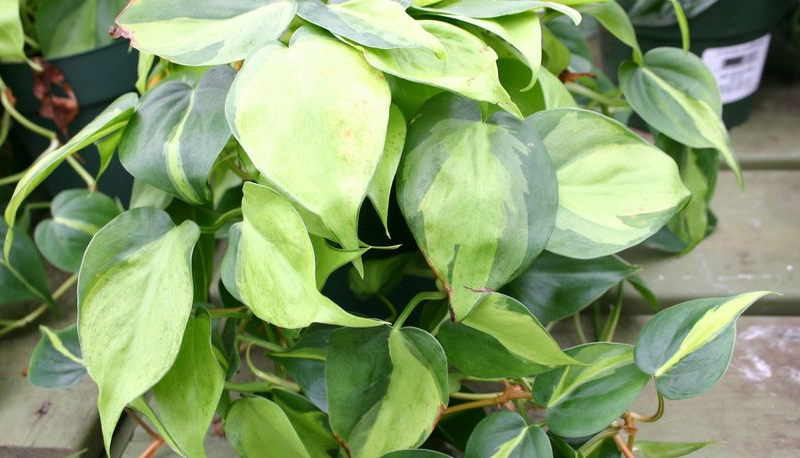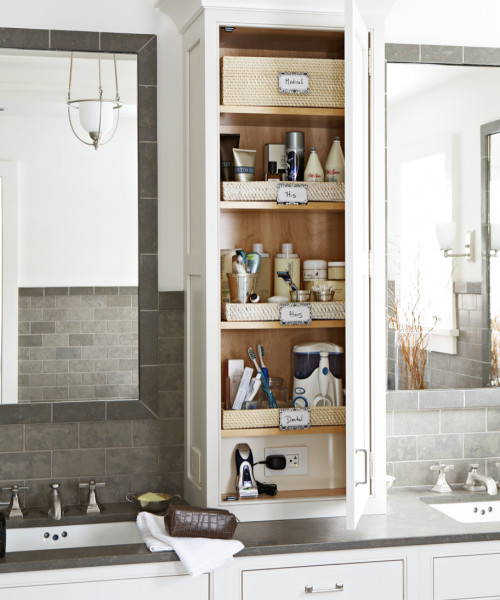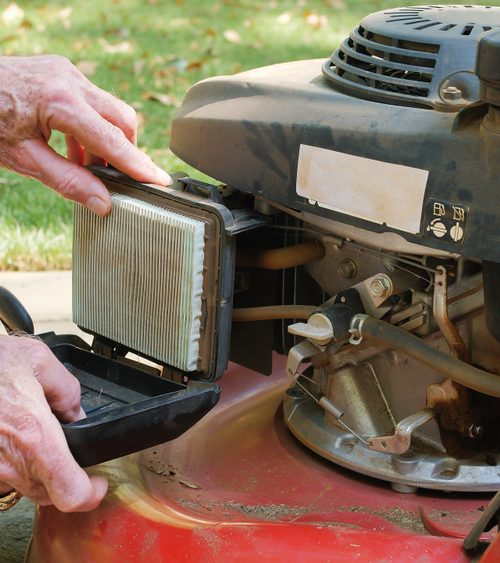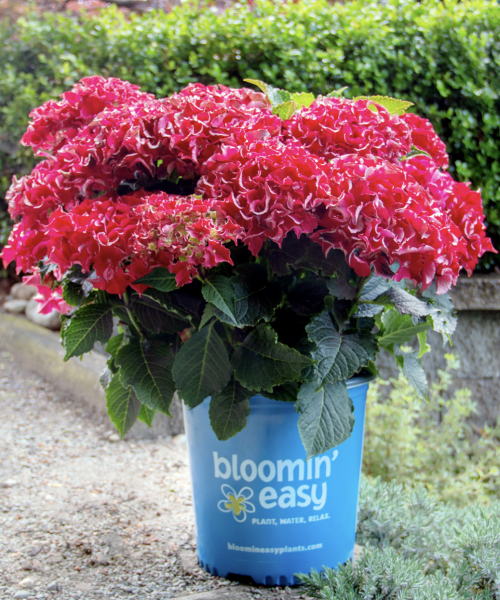By Walter Reeves, For the AJC
Troy Warren for CNT
Q: I am looking for a small tree I can plant in a pot to place in my living room, which doesn’t get much light. I’ve tried the ficus tree, but haven’t had much luck with that. Any suggestions would be appreciated. Lisa Lywshoes, Conyers
A: Try a parlor palm, Chamaedorea elegans. I have also had good luck in low light with peace lily, Spathiphyllum species; cast iron plant, Aspidistra elatior; pothos, Epipremnum aureum; and snake plant, Sansevieria species. Whichever plant you choose, water only when the soil becomes dry to the touch and fertilize it once per year. Don’t become sentimentally attached to any plant in low light. They will eventually turn yellow and fade away. Then you get to choose a replacement that looks great, at least for a while.
Q: Do hanging baskets on tree limbs cause any damage to the limb? What can be used to suspend the pot that would not have a negative effect on the tree?Mary Anne Bode, email
A: It depends on the weight of the basket and how much it swings. My favorite hanging system involves a nylon strap or a leather belt at least an inch wide, plus a bit of chain. The wide surface of either belting material bearing on the upper bark of a limb would leave little damage. Wrapping chain or wire around or over a limb is never appropriate.
Q: My tomato vine was loaded with large tomatoes when a thunderstorm knocked it over and broke the main stem. They were getting ready to ripen! Beverly Kinner, Muscogee County
A: If a tomato has just a bit of pink showing on the blossom end, it is capable of ripening fully. If you have a lot of “pinkies,” wrap some in newspaper and store in a cool place. Put a few of the pinkest ones onto your kitchen window sill to finish ripening. If the tomato has no hint of pink, cut it into 1/4-inch slices, dredge each one in seasoned cornmeal and fry in bacon drippings for a true Southern treat.
Q: Is rye bread made from the seed of ryegrass like we plant in our lawn? Darlene Moore, Decatur
A: No. The rye from which bread is made is Secale cereale. It is related to wheat and barley. The ryegrass you plant in your lawn is either perennial ryegrass, Lolium perenne, or annual ryegrass, Lolium multiflorum. I’ve never had bread made from them, but I don’t imagine it would taste very good.
In Other NEWS



































